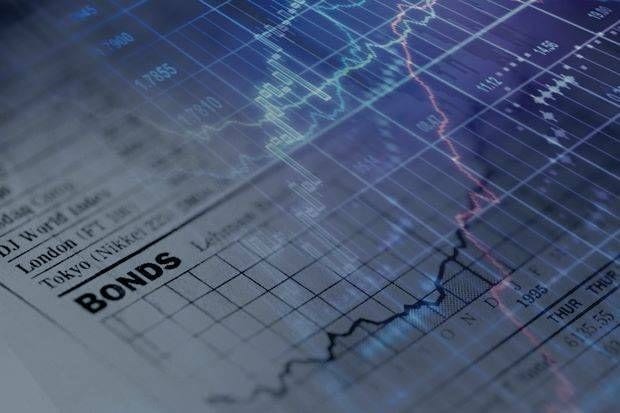
KUALA LUMPUR: Malaysian Government Securities’ (MGS) yield curve for the 4y30y curve surged between 1bp to 15bps month-on-month (m-o-m) by end May due to a full nationwide lockdown which was announced on May 28.
The Malaysian Rating Corporation (MARC) said on Wednesday the long-term yield curve was also impacted by the surge in Covid-19 infections and raised expectations of further fiscal stimulus.
“MGS yields were also pressured by heightened inflation pressure. Malaysia’s April Consumer Price Index came in higher at 4.7% y-o-y (March: 1.7%), ” it said.
At the start of May, MARC said MGS began on a positive momentum with yields declining across the board during the first week.
Demand was supported by risk-off sentiment emanating from local investors on the back of rising Covid-19 cases and introduction of the MCO 3.0.
Yield on the 10y MGS fell to 3.03% on May 5, the lowest level in two months and ahead of Bank Negara Malaysia’s May Monetary Policy Committee meeting.
Bank Negara’s decision to maintain the OPR at 1.75% had little impact on the MGS as it was largely expected.
“However, MGS yields along the belly until the long end of the curve started surging on a steepening bias in the following weeks. Yields were traded higher on the back of stronger-than-expected 1Q2021 real GDP growth and thin trading ahead of the Hari Raya holidays, ” it said.
Subsequently, daily domestic Covid-19 confirmed cases started picking up to unprecedented levels, leading to increased calls for stricter mobility measures and raised expectations of further fiscal stimulus, pressuring long-term yields higher.
On May 28, a full nationwide lockdown was announced, steepening the MGS yield curve further.
While by end-May, when yields along the 4y30y curve surged between 1bp to 15bps m-o-m, yields at the shorter end fell between 5bps to 6bps as the full nationwide lockdown revived dovish bets.
Yields on the 3y and 10y MGS were last quoted at 2.31% and 3.24% (Apr: 2.37% and 3.15%).
Monthly trade volume dwindled to RM33.3bil (April: RM42.9bil) as investors were seen waiting on the sidelines ahead of the US Federal Reserve’s Federal Open Market Committee meeting in June for concrete clues of future tapering plans.
MARC said as for corporate bonds, their yields were mixed in May. Investors took defensive positions throughout the month as generic AAA yields were broadly lower by 1bp to 5bps along the 3y10y curve.
Meanwhile, yields on lower rating bands were broadly higher, especially the A-rating band. Credit spreads for the generic AAA and AA-rated spectrum were broadly tighter especially for the 5- and 7-year tenures in May.
This was mainly due to a higher surge in MGS yields. However, credit spreads for the generic A-rated corporate bonds have widened amid elevated risk-off sentiment in domestic markets.
As for the local bond market, it recorded positive net foreign inflows for the 12th straight month in May but at a smaller momentum.
“It was the lowest monthly pace since September last year. Total foreign holdings rose by RM1.9bil (April: +RM6.4bil) to RM247.9bil, equivalent to 14.7% (Apr: 14.8%) of total outstanding local bonds.
“Cumulative inflows from May 2020 until May 2021 amounted to RM62.1bil compared to that during the post Global Financial Crisis 2010/2011 period of RM67.9bil.
“Moderation in foreign demand for local bonds was due to fears of a taper tantrum in the US, heightened inflation expectations and the announcement of a full lockdown in Malaysia which worsened the fiscal outlook and raised debt supply pressure, ” it said.
MARC also pointed out foreign inflows in May were primarily supported by inflows into MGS (+RM2.4bil).
Foreign holdings of MGS amounted to RM191.7bil, equivalent to 41.1% of total outstanding MGS (April: 41.0%).
“Year-to-date, cumulative net foreign inflows into the local bond market amounted to RM25bil (Jan-Apr 2020: -RM17.4bil), surpassing total foreign inflows in 2020 which amounted to RM18.3bil.
“Meanwhile, cumulative inflows from May 2020 until May 2021 amounted to RM62.1bil, comparable to that during the post-GFC 2010/2011 period of RM67.9bil amid massive quantitative easing programmes.
“This was the longest monthly streak of foreign inflows in history, ” it said.























